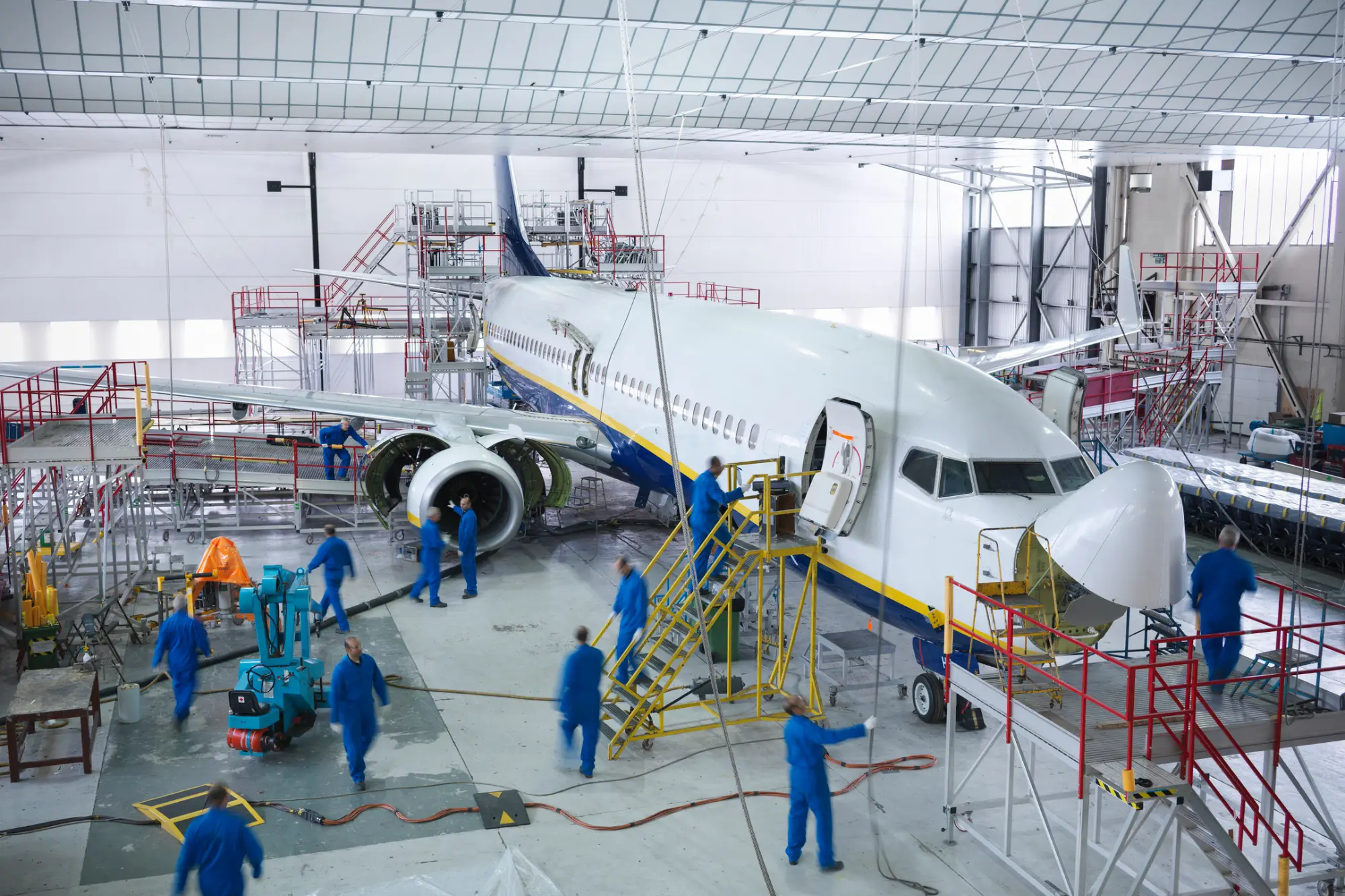

The aerospace industry relies heavily on titanium due to its high strength-to-weight ratio, corrosion resistance, and heat tolerance making it essential for aircraft structures and engine components. Historically, a significant portion of the global aerospace-grade titanium supply has come from Russia, specifically through VSMPO-AVISMA, the world's largest titanium producer. Although Russia does not control major titanium ore deposits (which are primarily located in Ukraine, Kazakhstan, and Sri Lanka), it has dominated the critical midstream value chain from titanium sponge production to the machining of aerospace parts.
The Russia-Ukraine conflict has drastically altered this landscape. Following Russia’s invasion of Ukraine, Western aerospace firms were forced to reevaluate their dependence on Russian-supplied titanium. Boeing, for example, halted all imports from Russia in March 2022, while Airbus remains dependent on VSMPO through its Western subsidiaries and has resisted further sanctions, citing potentially catastrophic effects on European aerospace production. This dynamic reveals the deep entrenchment of Russian processing capacity in the supply chains of Western aerospace companies and the challenges in disentangling from it.
Given the complexity and precision required in aerospace part manufacturing, the aerospace titanium supply chain is uniquely rigid. Qualification of new suppliers, or even new titanium parts from existing suppliers, typically requires more than one year of rigorous technical and commercial validation. Moreover, building new smelting and fabrication facilities involves investments of tens of millions of euros and a lead time of 2–3 years to become operational.
As a result, most aerospace OEMs and suppliers resorted to building up inventory in early 2022. These stockpiles were expected to last only 3 to 5 months, depending on manufacturing rates. While larger OEMs can manage this through stock optimization strategies, smaller specialized suppliers particularly those machining intricate titanium parts face major financial challenges. Titanium prices surged over 90% since early 2022, increasing working capital requirements. In response, the sector has seen an uptick in M&A and private equity activity. For example, the French aerospace machining SME Bt2i was recently acquired by Ace Capital Partners to stabilize operations and ensure continued titanium part supply.
In the medium term, the aerospace titanium supply chain is poised to realign away from Russia and toward more geopolitically stable players. Japan, home to Osaka Titanium, Toho Titanium, and ATTM, has a combined titanium sponge capacity approximately twice that of VSMPO. These companies are already experiencing record stock price gains due to their strategic importance. Meanwhile, the United States, with companies like Allegheny Technologies and Howmet Aerospace, offers strong primary and secondary fabrication capabilities. Together, the U.S. and Japan are well-positioned to capture market share vacated by VSMPO.
Europe, by contrast, lacks a dominant player in titanium smelting or sponge production, and its machining capacity remains fragmented. Without significant investment or state aid, Europe risks falling behind in securing a resilient aerospace supply chain. The current dependencies could lead to rising costs and production delays, particularly for firms like Airbus and Safran.
Even if sanctions on Russia were lifted, a full return to pre-war trade relations appears unlikely. The structural shift in titanium sourcing is already underway, and Western aerospace firms are expected to deepen ties with U.S. and Japanese suppliers to reduce geopolitical risk. In response, Russia may pivot toward China to maintain output and offset lost demand from Western markets.
For Europe, the conflict underscores a broader strategic challenge: the lack of domestic capabilities in critical material supply chains. Developing in-house titanium smelting and machining infrastructure is vital not just for aerospace, but also for healthcare and clean energy sectors. However, this will require substantial public and private investment and long-term industrial policy support.
The Russia-Ukraine conflict has exposed deep vulnerabilities in the aerospace titanium supply chain, accelerating a shift away from Russia that is expected to have lasting consequences. While Japan and the United States are positioned to absorb demand through their existing capabilities, Europe faces an uphill battle due to its lack of vertically integrated titanium processing.
The immediate impact of the conflict is likely to be felt in titanium part shortages and production bottlenecks between late 2022 and early 2023, as stockpiles deplete and new suppliers undergo qualification. Over the long term, a full-scale reorganization of the aerospace supply chain mirroring trends seen in other strategic materials is inevitable. Without decisive action, Europe risks losing ground in one of its most advanced and strategically important industries.
To ensure future resilience, stakeholders must invest in expanding domestic titanium processing capabilities, support SMEs through targeted financing, and adopt policies that promote supply chain diversification. This restructuring may not only reduce exposure to geopolitical shocks but also set a precedent for other critical materials in a rapidly changing global industrial landscape.